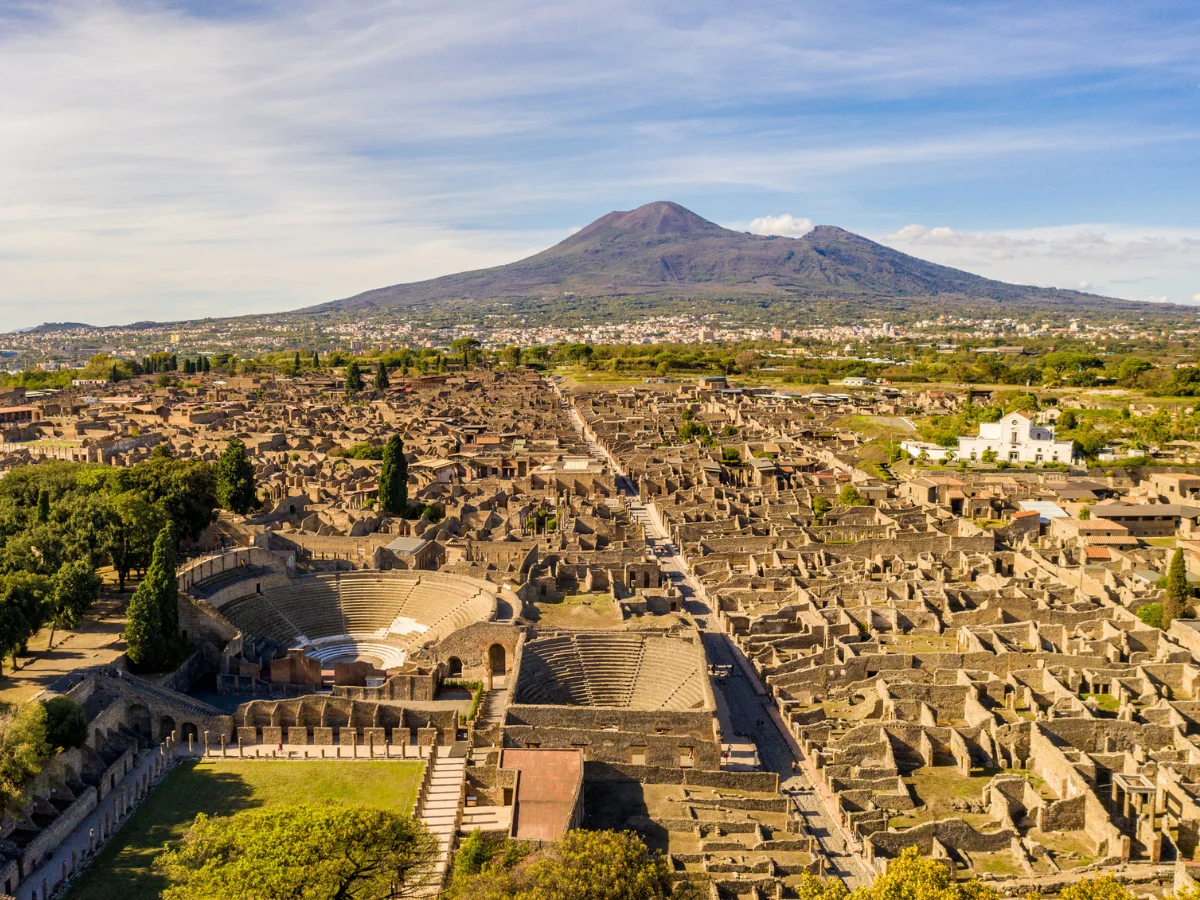Ancient Rome engaged in a multitude of wars
Ancient Rome engaged in a multitude of wars, shaping its destiny and the course of history. From the epic conflicts of the Punic Wars against Carthage to Caesar’s conquest of Gaul, battles defined Rome’s rise to power. Civil wars, Germanic campaigns, and confrontations with the Parthian Empire further expanded Rome’s dominion. Despite setbacks, Rome’s military prowess and strategic brilliance left a lasting legacy. These wars exemplify Rome’s relentless pursuit of expansion, influence, and glory. Transitionally, conflicts influenced politics, culture, and warfare, shaping the ancient world and leaving an indelible mark on civilizations to come.

Ancient Rome engaged in a multitude of wars
Introduction: Rome’s Military Ambitions
Ancient Rome was a powerhouse of military might, engaging in numerous wars to expand its territory, protect its borders, and assert its dominance in the Mediterranean world. These wars, spanning centuries, were marked by strategic brilliance, fierce battles, and profound consequences for the course of history.
The Punic Wars: Rivalry with Carthage
The Punic Wars, fought between Rome and Carthage from 264 to 146 BC, were a series of conflicts that shaped the destiny of the Mediterranean. The First Punic War saw Rome challenging Carthaginian naval supremacy, leading to the conquest of Sicily. The Second Punic War, with Hannibal’s daring invasion of Italy, resulted in Rome’s eventual victory and dominance in the Western Mediterranean. The Third Punic War ended with the destruction of Carthage, solidifying Rome’s hegemony.
The Conquest of Gaul: Caesar’s Campaigns
Julius Caesar’s conquest of Gaul, waged between 58 and 50 BC, transformed Rome’s power dynamics. Caesar’s military genius and diplomatic maneuvering led to the subjugation of Gaul, enhancing his prestige and influence in Rome. The Gallic Wars were marked by decisive battles such as Alesia, where Caesar’s legions triumphed over Gallic chieftain Vercingetorix, cementing Roman control over the region.
The Civil Wars: Struggles for Power
The Civil Wars of the late Republic were a series of conflicts driven by political rivalry and ambition. The conflicts between Caesar and Pompey, as well as the power struggles among Caesar’s assassins, Octavian, Mark Antony, and Lepidus, plunged Rome into chaos. Battles such as Pharsalus and Actium determined the fate of the Republic, leading to the rise of the Roman Empire under Augustus.
The Germanic Campaigns: Expansion into Northern Europe
Rome’s campaigns against Germanic tribes, particularly during the reign of Emperor Augustus and his successors, aimed to secure the northern borders of the empire. Battles such as Teutoburg Forest, where Roman legions suffered a devastating defeat against Germanic tribes, highlighted the challenges of expansion into Germania. Despite setbacks, Roman forces gradually asserted control over the region, contributing to the empire’s territorial expansion.
The Parthian Wars: Eastern Confrontations
Rome’s conflicts with the Parthian Empire in the East were characterized by a series of campaigns to secure Roman influence in the region. Battles such as Carrhae, where Roman forces suffered a humiliating defeat against Parthian cavalry, underscored the complexities of warfare in the Eastern frontier. Despite occasional setbacks, Rome’s military engagements with Parthia influenced the balance of power in the Near East.
Conclusion: A Legacy of Conquest and Empire
The wars of Ancient Rome exemplify the empire’s relentless pursuit of expansion, power, and glory. From the epic struggles against Greece and Britain to the conquests of Gaul and campaigns in Germania and the East, Rome’s military endeavors shaped the course of history. Despite the eventual decline of the empire, the legacy of Rome’s military conquests continues to resonate.



